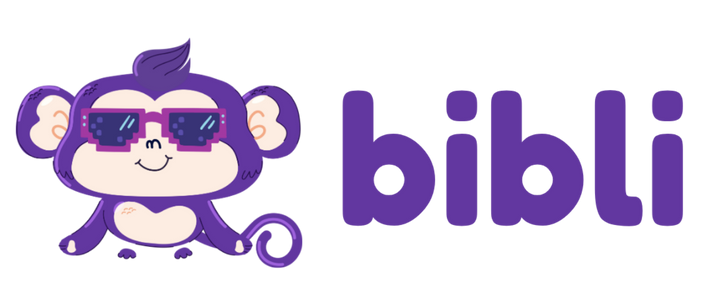
What is Phonics?
Phonics is a teaching approach that focuses on how letters and groups of letters correspond to specific sounds. By learning these relationships, children can decode written words into their spoken forms and vice versa.
For example:
- The letter “m” makes the /m/ sound, as in “map.”
- The combination of the letters “ch” makes the /ch/ sound, as in “chop.”
- The vowel combination “ea” makes the /ee/ sound, as in “seat.”
Phonics is a vital part of early education that helps children develop strong reading and writing skills by teaching them the sounds that letters and combinations of letters make. This foundation supports their literacy development, making it easier for them to read, write, and spell accurately. Without phonics, children might struggle to read new words or spell words correctly, hindering their overall literacy development.
Phonics Basics
Phonemes
Phonemes are the smallest units of sound in a language. These sounds are the building blocks of words. For example, the word “cat” consists of three phonemes: /k/, /æ/, and /t/. Each phoneme represents a distinct sound that, when combined, form the word. Learning phonemes helps children understand how to break down and build up words from their sounds. This knowledge is crucial for reading and spelling because it allows kids to decode new words by sounding them out.
Graphemes
Graphemes are the letters or groups of letters that represent phonemes in written language. In other words, a grapheme is the way a sound is written down. For example:
- The word “cat” has three graphemes: “c,” “a,” and “t,” each representing a single phoneme.
- The word “ship” has four phonemes (/ʃ/, /ɪ/, /p/) but is written with three graphemes: “sh,” “i,” and “p.” The “sh” represents the /ʃ/ sound. Understanding graphemes helps children connect the sounds they hear in words to the letters they see on the page.
Blending and Segmenting
Blending is the process of combining individual phonemes to form a word. For instance, blending the sounds /k/, /æ/, and /t/ produces the word “cat.” Segmenting is the opposite process, where a word is broken down into its individual phonemes. For example, segmenting the word “dog” results in the sounds /d/, /ɒ/, and /g/. Blending and segmenting are essential skills for reading and spelling, as they allow children to construct and deconstruct words systematically.
Digraphs and Trigraphs
A digraph is a combination of two letters that make a single sound, such as “ch” in “chop” or “ea” in “seat.”
A trigraph is a combination of three letters that make a single sound, like “igh” in “light.”
Learning about digraphs and trigraphs helps children understand that sometimes multiple letters work together to represent one sound. This knowledge is important for decoding more complex words
Understanding these basic concepts in phonics provides a strong foundation for teaching as well as learning to read and write. It helps decode unfamiliar words, improves spelling, and builds confidence in using the English language.


